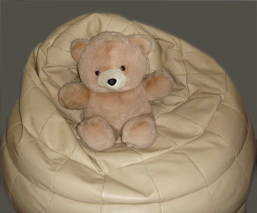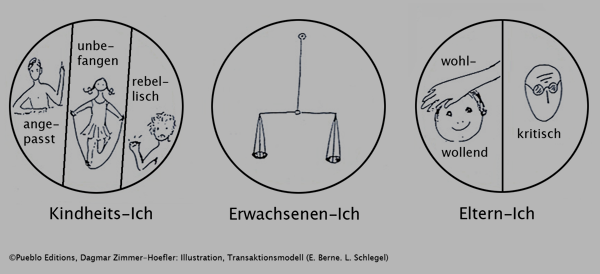Therapeutic tools

Therapeutic tools are important in a Gestalt approach and can involve any object with a symbolizing potential to project on and provoke reactions within the frame of therapy. Methodological Integration (MIPP) includes the work with therapeutic tools in the sense of a therapeutic experiment, a concept from Gestalt therapy.
Particularly in the psychiatric psychotherapy, a gentle approach, combining all methods, is essential whereas the “old” Gestalt therapy was often reduced to tough provocation and harsh confrontation. The same is true for more recent developments concerning Exposition in CBT (Cognitive Behavioral Therapy) and confrontation in CBASP (Cognitive Behavioral Analyzing System Psychotherapy) including aspects of counter transference, a concept from psychoanalysis, which needs a reliable therapeutic relationship and a stable personality of the patient. All those methods can be effective but are sharp knives and have to be adjusted and customized for vulnerable and fragile patients only to be used in an informed consent about the benefit and goals of those methods.
If patients require medication, this represents another parameter to be carefully introduced, supported, and evaluated. Medications within the frame of psychiatric treatment are chosen according to the list of symptoms displayed by the patient but the choice also depends on the experience and training of the psychiatrist. In addition to the physiological response, there is always the individual frame of reference, background, and psychological reaction to be considered. Medication can be a very powerful therapeutical tool if trust, cooperation, and compliance between psychiatrist and patient are a solid fundament facilitating and enhancing by this psychotherapy.
The therapeutic atmosphere is most decisive for the use of creative, confrontative, but also pharmacological therapeutic tools in psychiatric psychotherapy. If there is a „secure base“ (an expression from the Attachment Theory), such elements can be specific confrontations, creative products and creations of clients, focused sculpturing of a self-chosen topic by means of objects or people within a therapeutic group. Such tools can also draw from the potential of pictures, poetry, and music as a pacemaker for inner resonance. Different forms of media may include books, CDs, movies, figures, and short, easily understandable text extracts.Tools can be useful to define the problem together and to point out any possible next steps and goals of psychotherapy. They can induce and deepen resonance within the personal material of the client and facilitate his or her own work on the topic between the therapeutic sessions.
The therapeutic media created and produced by Dagmar Zimmer (-Hoefler) and a team are published by and available through Pueblo Editions Pueblo Editions. They are primarily in German language, but the book and the CDs from the project “Atmosphären – Poesie als Psychotherapie” with music by George Kauntz offer English catchwords as guidelines for the poems in the booklets and the appendix of the book. Further (still unpublished) tools used frequently in therapy are given with permission of the publisher to clients as flyers and leaflets. These comprise, for example, short text extracts and explanations, graphical representations of the system circles as growing rings, or Zimmer’s own adaption of the transactional model of interactions in TA-analysis according to Eric Berne and Leonhard Schlegel. The following tools are examples in German and may be explained to English-speaking clients during the therapy. All rights for figures and text are reserved to Pueblo Editions ©. Private use for therapeutic purposes is allowed and supported.



